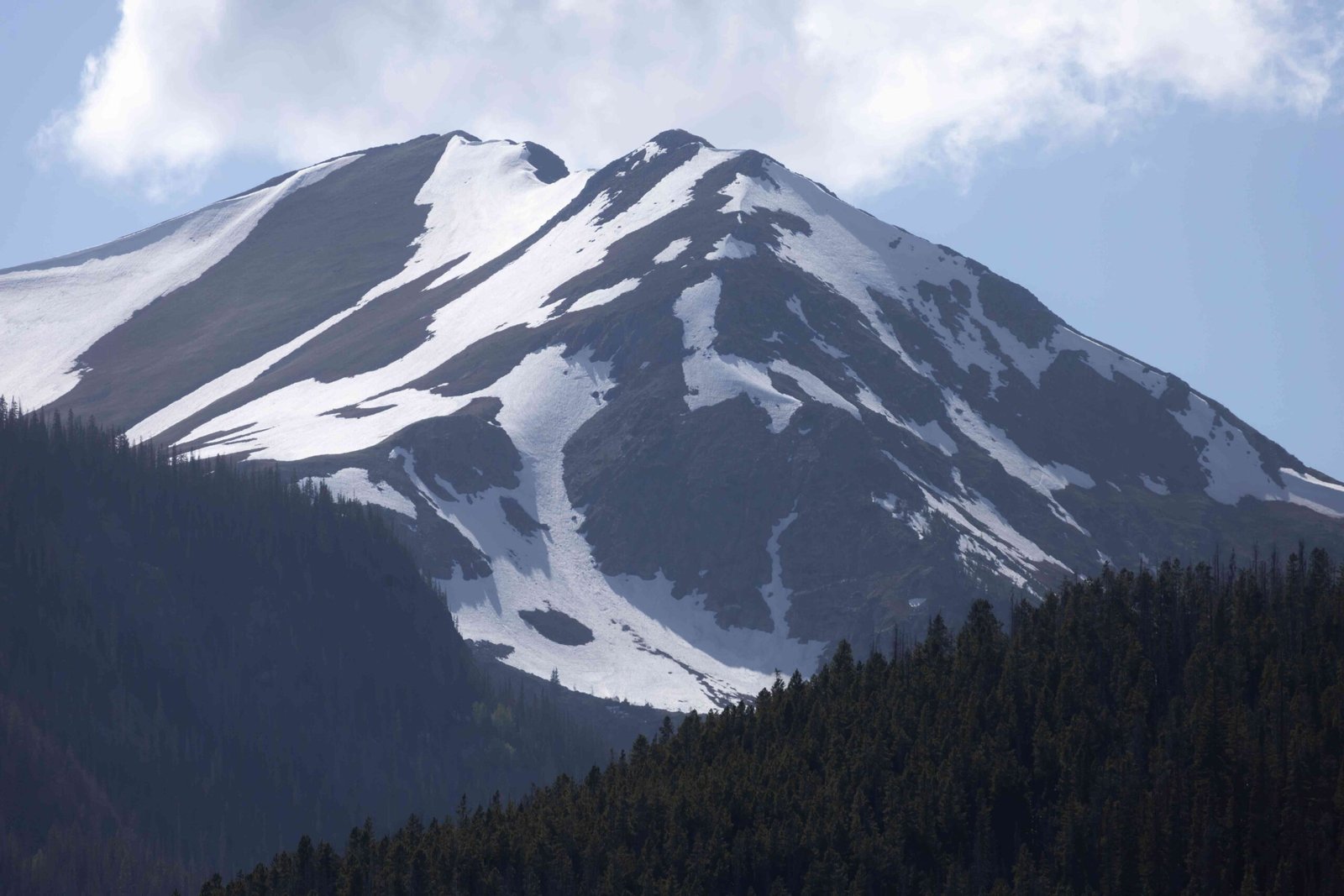Choosing between Rocky Mountain National Park and Yellowstone is a challenge for many nature enthusiasts. Both parks offer unique experiences, stunning landscapes, and diverse wildlife. Rocky Mountain National Park boasts majestic peaks and alpine tundra, while Yellowstone showcases geothermal wonders and vast wilderness. This comparison will help you decide which park suits your preferences, considering factors such as scenic views, wildlife, hiking trails, and amenities.
What Are the Key Differences Between Rocky Mountain National Park and Yellowstone?

- Size and Location:
- Rocky Mountain: 265,461 acres in Colorado
-
Yellowstone: 2,219,791 acres across Wyoming, Montana, and Idaho
-
Established:
- Rocky Mountain: 1915
-
Yellowstone: 1872 (First National Park)
-
Main Attractions:
- Rocky Mountain: Alpine tundra, high peaks, mountain lakes
-
Yellowstone: Geothermal features, wildlife, Grand Canyon of Yellowstone
-
Annual Visitors (2019):
- Rocky Mountain: 4.7 million
- Yellowstone: 4 million
Which Park Offers Better Scenic Views?

Both parks offer breathtaking vistas, but their landscapes differ significantly:
Rocky Mountain National Park
- Trail Ridge Road: A 43-mile scenic drive reaching 12,183 feet
- Many Parks Curve Overlook: Panoramic views at 9,640 feet
- Gore Range Overlook: Expansive mountain views at 12,010 feet
- Bear Lake: Accessible alpine lake with mountain reflections
- Old Fall River Road: Unpaved 11-mile scenic route
Yellowstone National Park
- Lookout Point: Views of Lower Falls and Grand Canyon of Yellowstone
- Inspiration Point: Panoramic canyon views from 1,000 feet above
- Bridge Bay Marina: Sunrise and sunset views of Yellowstone Lake
- Tower Falls Overlook: 132-foot waterfall with historic significance
Verdict: Rocky Mountain offers more elevated viewpoints, while Yellowstone provides diverse landscapes including geothermal features.
Which Park Has Better Wildlife Viewing Opportunities?
Yellowstone National Park
- Renowned for diverse wildlife including grizzly bears, wolves, bison
- Prime viewing areas: Hayden Valley, Lamar Valley
- Best times: Early morning and late afternoon
- Seasonal variations in wildlife activity
Rocky Mountain National Park
- Notable wildlife: Elk, marmots, occasional moose and bighorn sheep
- Good viewing spots: Lower elevation areas and meadows
- Elk rutting season in fall is a highlight
- Less abundant wildlife compared to Yellowstone
Verdict: Yellowstone offers superior wildlife viewing with greater diversity and abundance.
How Do the Hiking Trails Compare?
Rocky Mountain National Park
- Trail Ridge Road Trails: High-altitude hikes with tundra views
- Bear Lake Trails: Easy to moderate lakeside trails
- Longs Peak Trail: Challenging 15-mile round-trip to park’s highest peak
Yellowstone National Park
- Grand Canyon of Yellowstone Trails: Varied difficulty with scenic viewpoints
- Tower Falls Trails: Short, accessible trails
- Hayden Valley Trails: Wildlife viewing opportunities
Verdict: Rocky Mountain offers more challenging high-altitude hikes, while Yellowstone provides diverse trail options with unique features.
What Amenities and Facilities Are Available in Each Park?
| Feature | Rocky Mountain | Yellowstone |
|---|---|---|
| Visitor Centers | Multiple, including Alpine Visitor Center | Numerous, spread throughout the park |
| Lodging | Campgrounds and nearby lodges | In-park lodges and campgrounds |
| Transportation | Shuttle service in peak season | Limited shuttle service, personal vehicle recommended |
| Accessibility | Paved roads, some challenging high-altitude areas | Many accessible viewpoints, some areas require short walks |
Verdict: Yellowstone offers more extensive in-park lodging and facilities due to its larger size.
Which Park is Better for Families?
- Rocky Mountain:
- More compact, easier to navigate
- Family-friendly trails around Bear Lake
-
Wildlife viewing opportunities (elk, marmots)
-
Yellowstone:
- Diverse attractions (geysers, hot springs, wildlife)
- More educational programs and ranger-led activities
- Longer driving distances between attractions
Verdict: Rocky Mountain may be more manageable for families with young children, while Yellowstone offers more diverse experiences for all ages.
What is the Best Time to Visit Each Park?
Rocky Mountain National Park
- Summer (June-August): Peak season, ideal weather
- Fall (September-October): Elk rutting season, fall colors
- Winter (December-March): Snow activities, fewer crowds
- Spring (April-May): Wildflowers, potential for lingering snow
Yellowstone National Park
- Summer (June-August): Peak season, all facilities open
- Fall (September-October): Less crowded, wildlife active
- Winter (December-March): Snow activities, limited access
- Spring (April-May): Wildlife births, fewer crowds
Verdict: Both parks are best visited in summer for full access, but offer unique experiences in other seasons.
Conclusion: Which is Better – Rocky Mountain National Park or Yellowstone?
The choice between Rocky Mountain National Park and Yellowstone ultimately depends on your preferences:
- Choose Rocky Mountain if you prefer:
- High-altitude mountain scenery
- Challenging hikes
- More compact, easily navigable park
-
Alpine tundra ecosystems
-
Choose Yellowstone if you prioritize:
- Diverse landscapes including geothermal features
- Abundant wildlife viewing opportunities
- Larger park with more varied attractions
- Unique geological and historical significance
Both parks offer exceptional natural beauty and outdoor experiences. Consider combining both in a longer trip for a comprehensive Rocky Mountain region experience.

